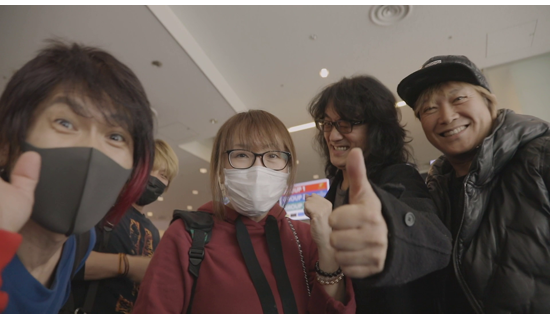JAM Project are an anime music super group formed way back in 2000, with the expressed goal of creating hand crafted songs specifically for anime. Though their lineup and song writing practices have changed and evolved over the years, that singular goal has always remained. And with their 20th anniversary in 2020, the group had big plans to celebrate: One of those plans being this documentary movie about their path as a group over these last 20 years, and the recording of their 20th anniversary collaboration album “The Age of Dragon Knights”.
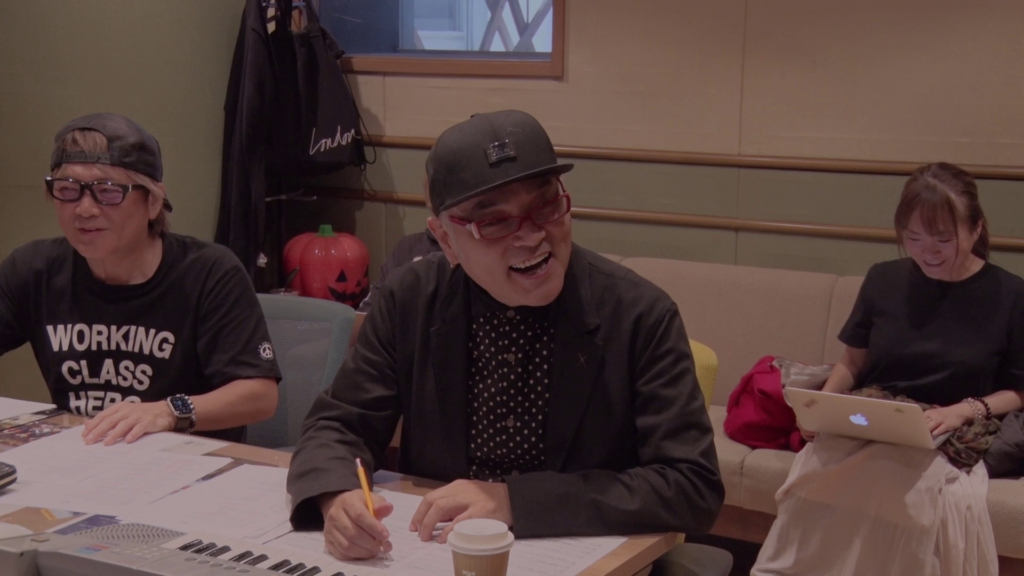
The movie opens with brief snippets of each member of the group discussing some rather broad topics: The fact that the audience never sees JAM’s struggles, but rather only them being cool during their performances. Also overcoming the things they don’t like about themselves, the importance of anime music to them as musicians, and the distinct experience that is playing live in front of an audience. We then cut to a recent performance of the group’s signature crowd pleasure that’s always reserved for the encore, Skill (the opening theme song to 2nd Super Robot Wars Alpha on the PlayStation 2, released in 2003). But then we start cutting between their performances of this song throughout their history, beginning with the one from their first live DVD in 2003. I’m sure this was the intention, but if nothing else this shows that their energy hasn’t diminished at all over the years.
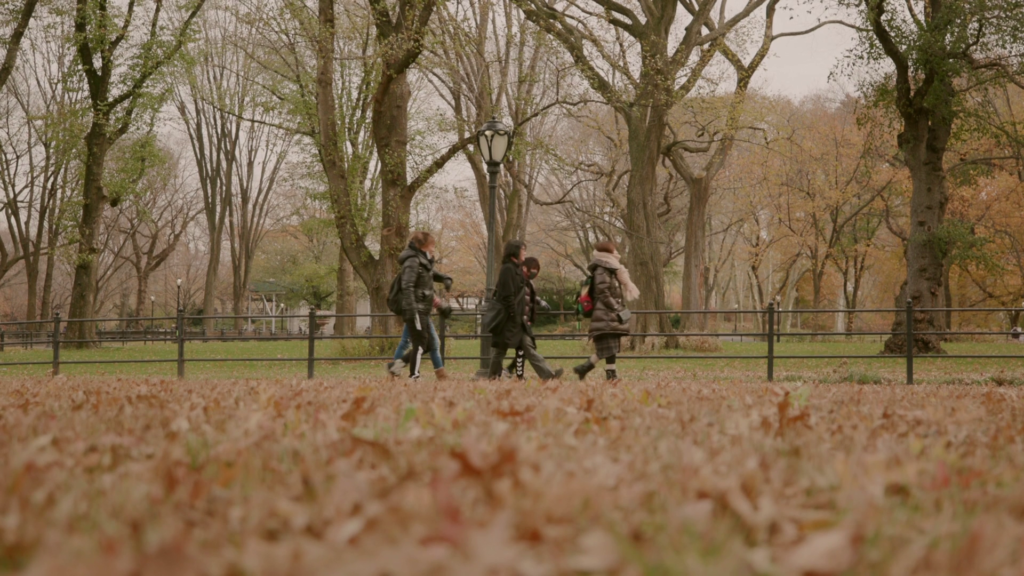
But for a group that’s been around for this long, the topic of aging is an unavoidable one. The members also discuss that even though they are obviously getting older, they want to show everyone that they’re not to be underestimated, and still have plenty of fight left in them.
Perhaps to support this claim, we now take an in depth look at the recording of their 20th anniversary collaboration album, The Age of Dragon Knights, from autumn 2019. What do they mean by “collaboration album”? The idea is to have other notable artists in the anime music space write songs specifically for JAM Project, and even have input on the recording process so they can make sure the song follows their visions.
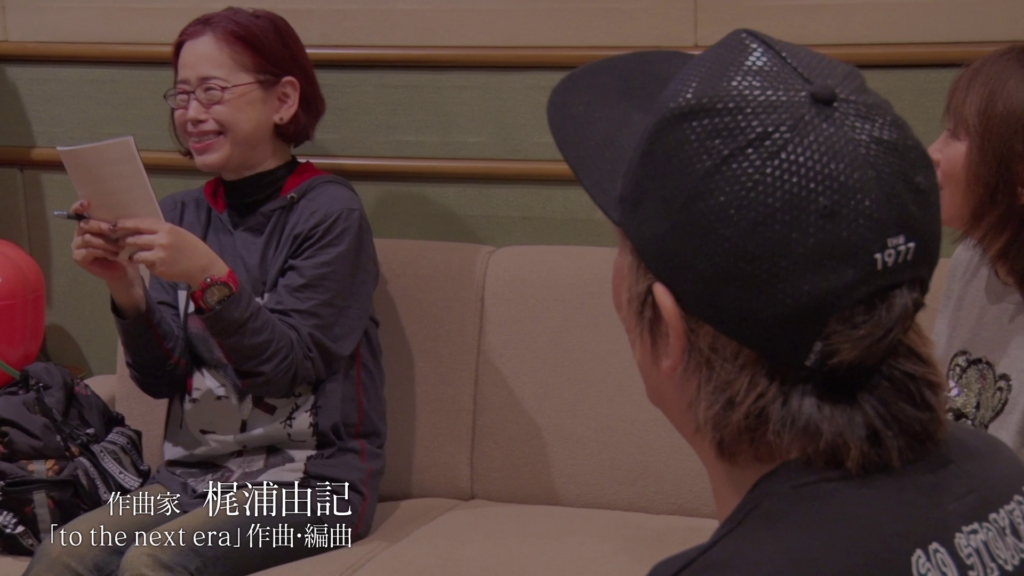
As JAM enters the studio, who’s waiting for them but anime composer legend Yuki Kajiura. They wanted the opening track (To the Next Era) to be something cool and ethereal, and “ethereal” is certainly a keyword that’s tied very closely to Kajiura’s composition style. But Kajiura often writes the lyrics to songs in her own made-up language (often referred to as “Kajiurago” or “Kajiuraese”), so we see footage of this proving challenging to some of the members. Throughout the process of mixing, Kajiura comments that it’s surprising to her that all of their voices work so well together, given what different tendencies they each have.
But the album recording footage only starts here! Next we move on to Flow entering the studio, for the recording of the extremely energetic Giant Swing. Flow talks about the challenge of writing for another group when they’re used to only writing for themselves, but ultimately finding a lot of satisfaction in seeing JAM’s qualities gradually shine through in it.
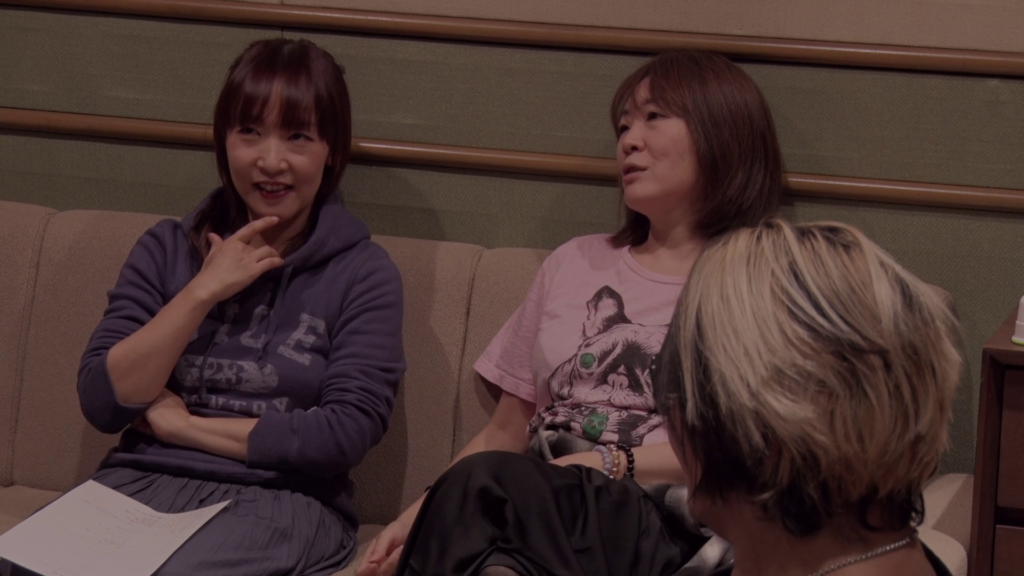
Atsuko and Katsu of the group Angela stop by next for the recording of Here We Go! When Yoshiki Fukuyama was recording one of his parts, Katsu jokes that everyone is so up on the mic in the booth that they’re actually bumping and moving it as they’re singing. Their recording director then confirmed that this is absolutely normal. The two then talk about how JAM are basically heroes to the anime song world, and how they’re actually inspirational because they just keep going and inspire everyone else around them to do the same.
The last two collabo recording sessions are more brief: Arika Takarano and Mikiya Katakura of ALI Project for the song Ryujou, and rock group GranRodeo for Rock Gojuushi. They echo much of the same sentiments that the previous musicians did.
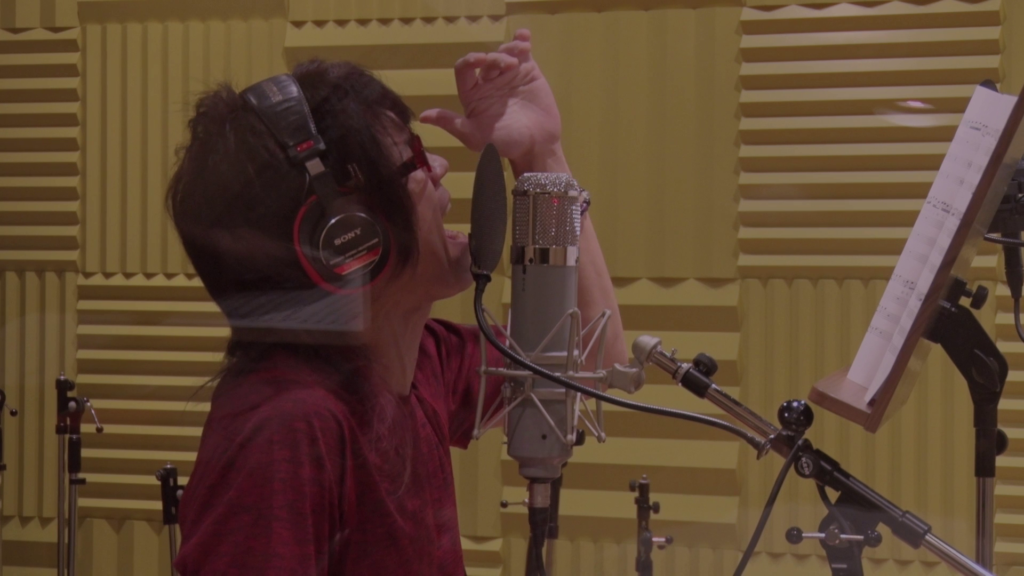
The focus then shifts to recording of some of the album’s non-collaboration songs, namely one called Flags. It serves as an example of JAM Project’s experimental process: Having different members singing different parts to see who sounds best where, and just generally trying different things with arrangements until they get what they want. Making each other better and covering for one another is an important part of what makes them work as a group.
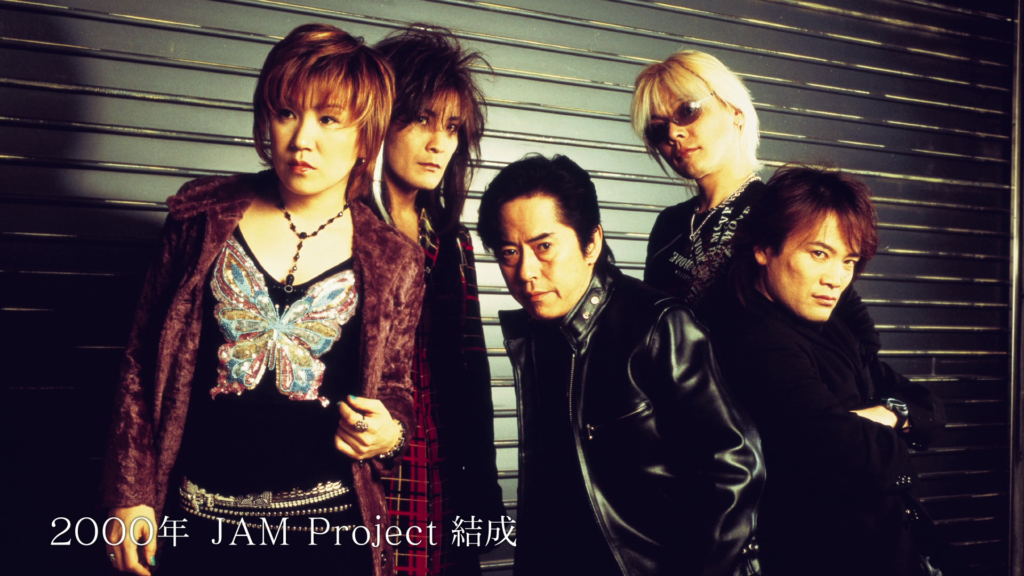
Leaving the topic of their 20th anniversary album, no documentary about the group would be complete without a look back on their history. Kageyama (the group’s leader) reminisces about group’s initial lineup: Himself, Endoh Masaaki, Ichiro Mizuki, Eizo Sakamoto, and Rika Matsumoto (though Mizuki, Sakamoto and Matsumoto would eventually leave the group). It all started off with Kageyama, Mizuki, Sakamoto and Matsumoto wanting to form an anime music super group, and maybe one day tour America. In fact Endoh was a late addition to the plan: He had worked with Kageyama doing backing chorus for Kageyama’s solo work, and he wasn’t even sure what to make of anime music at first. In fact he had an image of it being rather lame! Of course he mentions later that his opinion of it completely changed around over time, and he was glad he made the decision that he did.
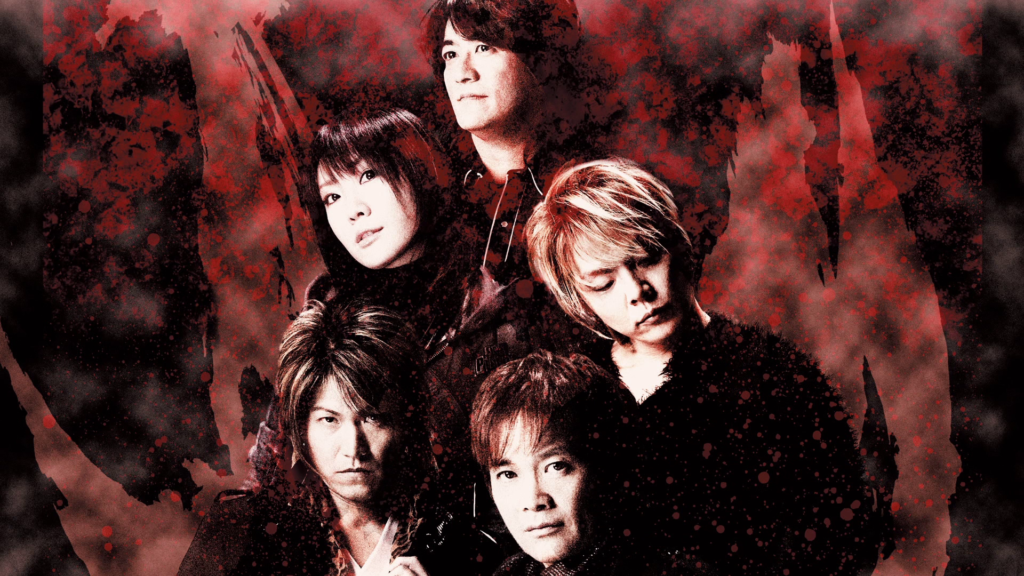
Hiroshi Kitadani then recalls his excitement of being asked into the group during their second year (he was fairly young on the anime music scene himself during that time), and Yoshiki Fukuyama recalls his hesitancy around what he would even do in a group like this: He didn’t think of himself as a front-man by any means, given that his experience with vocals was almost exclusively singing while playing guitar. He didn’t really consider himself to be a “vocalist” in that sense. Masami Okui also says that she wasn’t sure how it was going to go when she was asked to join the group at the same time as Fukuyama, but she definitely wanted to give a shot and bring wither her the know-how that she’d built up in her solo career so far.
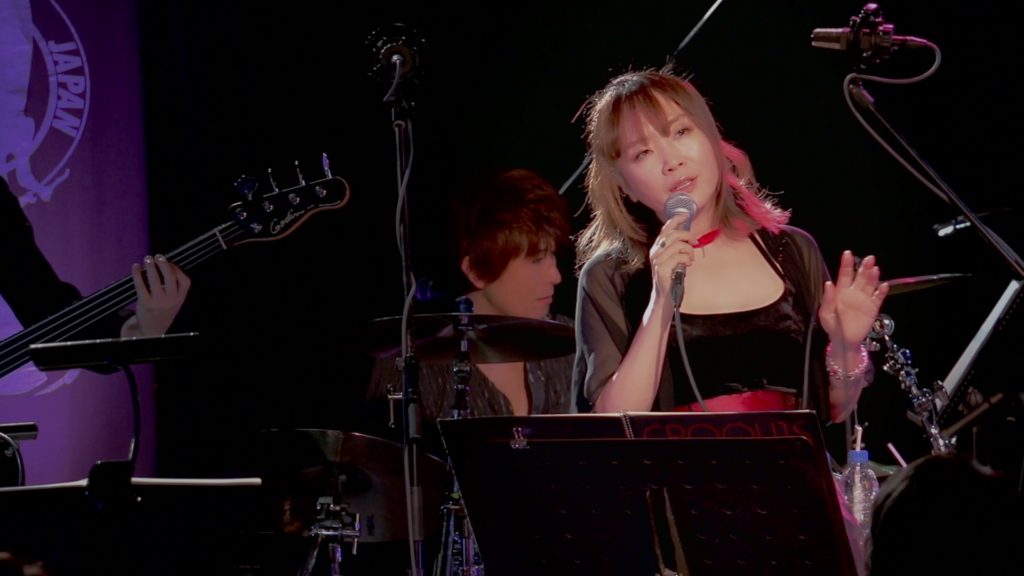
Kageyama then mentions that he finally got a real feeling that the group could make it once Fukuyama and Okui joined. This resulted in them making the move toward writing all of their material themselves, having more complex songs, and holding more concerts than they’d ever had before. Additionally the members realized that they could accomplish dreams with JAM Project that they simply couldn’t on their own. Even Kageyama himself, inarguably the most accomplished artist of the bunch, was only able to play his first time at the Budokan with JAM Project.
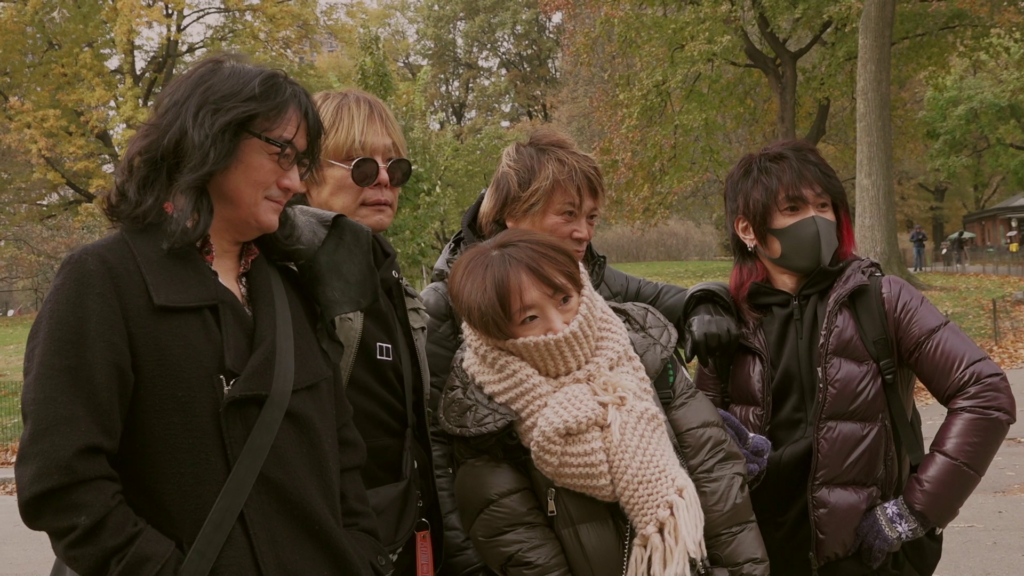
And speaking of those dreams, touring internationally is one that JAM was able to achieve many times. Next is a short interview with Peter Tatara, the founder and director of Anime NYC. JAM was invited to play at the convention in 2019, and there’s so much great footage of them walking around New York City, taking a spin around the dealer’s room, and just of the concert itself.
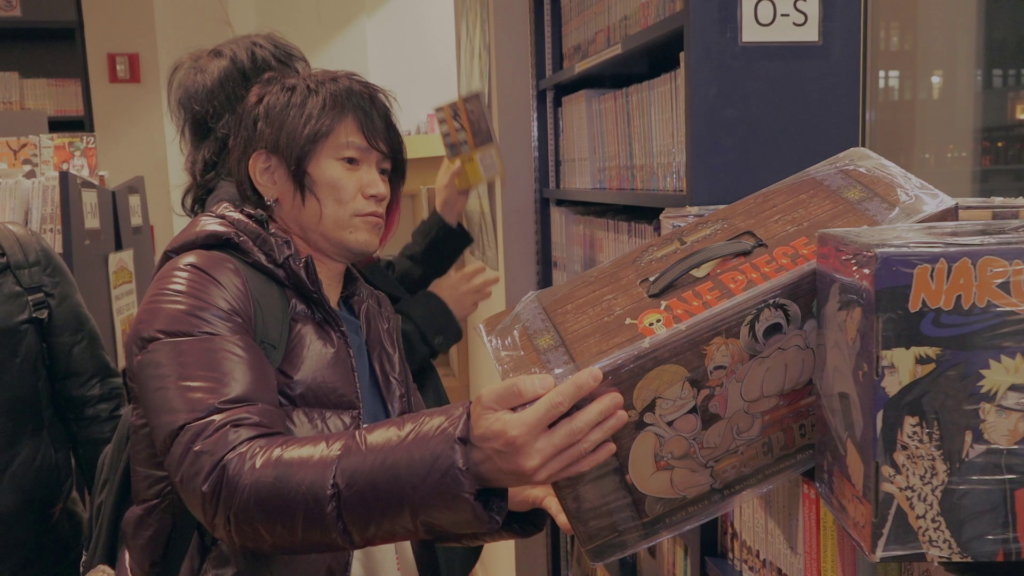
The biggest bummer of the movie is the footage of them meeting in February 2020 about the plans for their anniversary tour….which would of course end up being completely cancelled due to COVID-19. Some of the members talked about how they took that they’d always be able to record and tour normally for granted, and things would always just work out. However they had no choice but to pivot, and made their 20th anniversary celebration an online one. This also gave them one advantage: They could bring all their collaborators into the celebration as well since there was no touring involved. Though bringing that many people together in the same area was risky even in September 2020, everyone was happy to participate with safety precautions taken. As someone who watched this stream when it aired, it was probably the most exciting streaming event I saw come out of Japan in 2020. And that’s saying a lot, because plenty of Japanese artists had streaming events in that year.
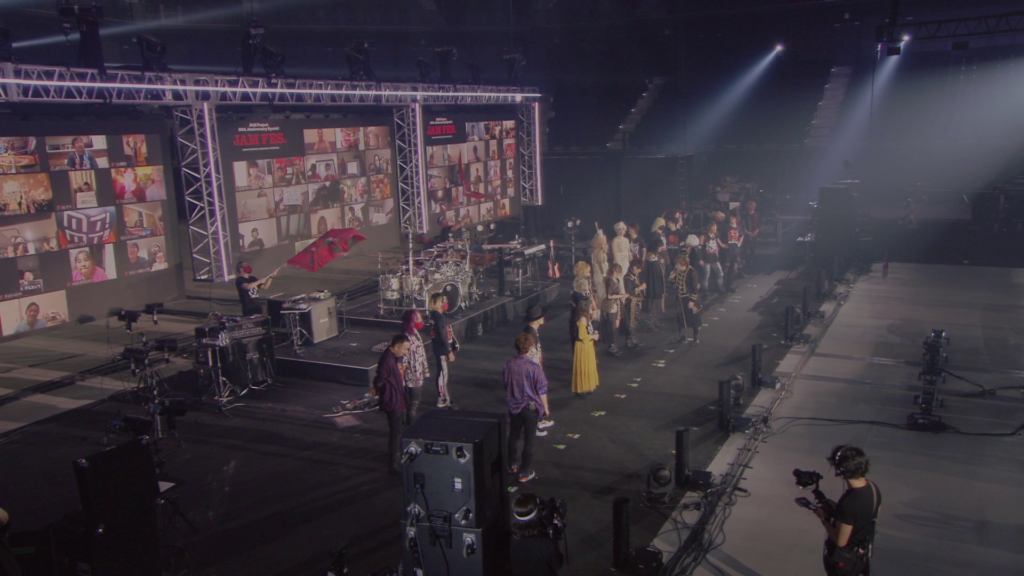
And with the success of their streaming event, the documentary ends on a happy note with positive comments from the group on the experience, and positive outlooks for the future despite the situation that still continues on now. Hiroshi Kitadani said it best: There are fans waiting for us, and that’s the only reason we need to keep going.
While I wish this documentary offered a bit more in depth look at the various stages of the group throughout their history, that was never really its intent. It was clearly meant to focus more around their 20th anniversary activities, bringing in history when it made sense. The group has plenty of supplemental material issues during their previous anniversaries that delves deeper into that well. JAM’s concert DVDs also have some of the best behind the scenes footage that I’ve seen from any group, and this documentary was no exception. I’d certainly recommend it to any JAM Project fan, or even anyone who’s interested in music documentaries.
